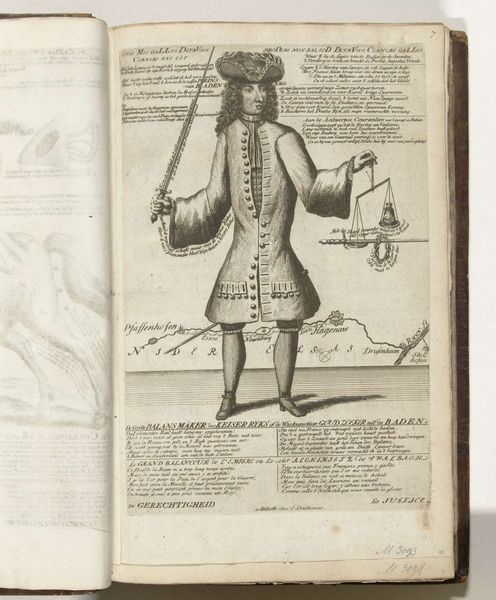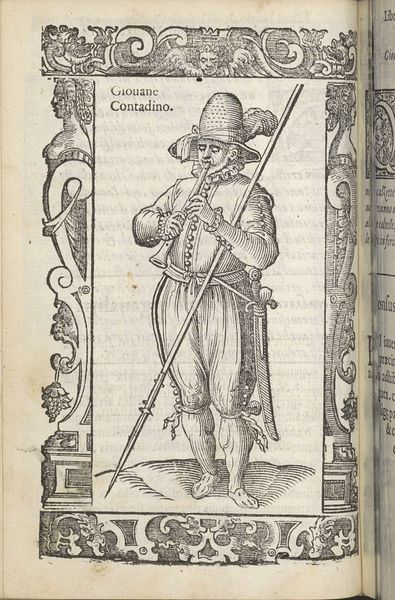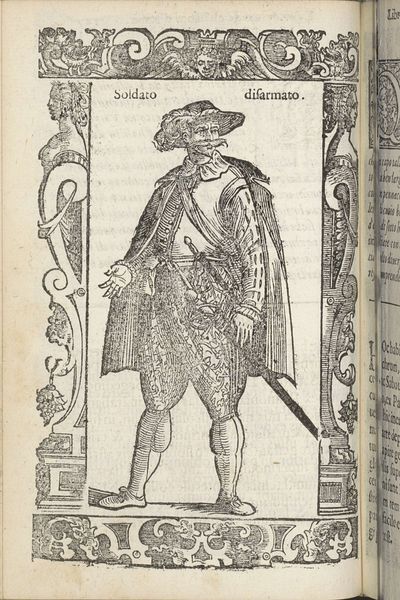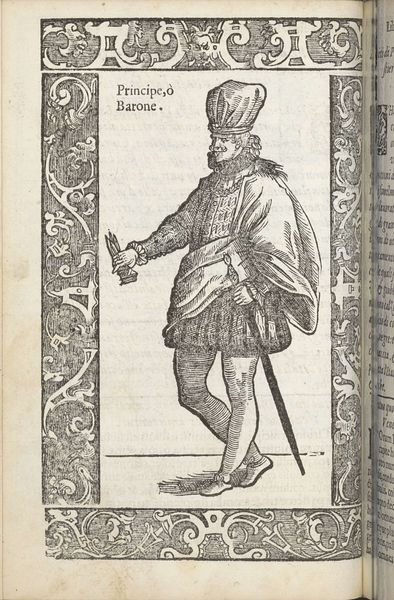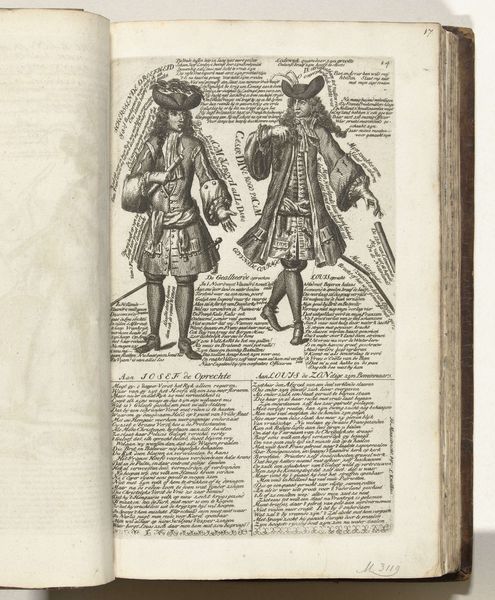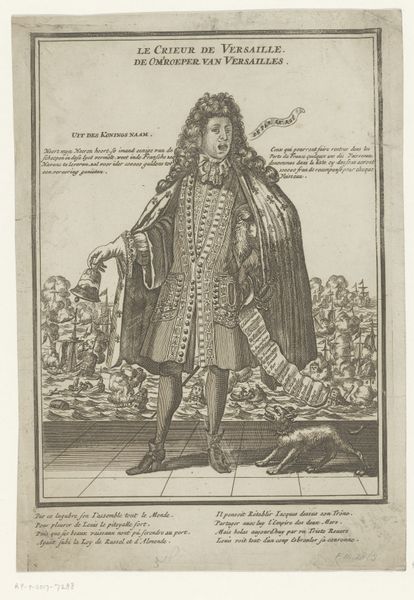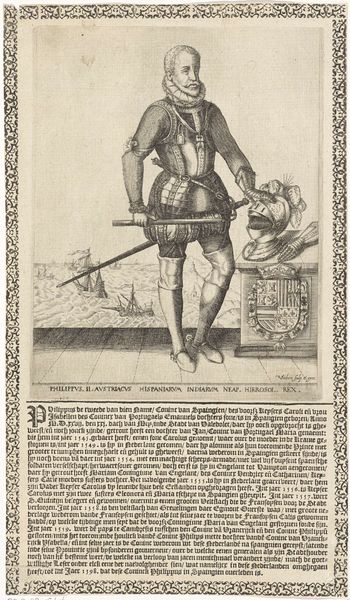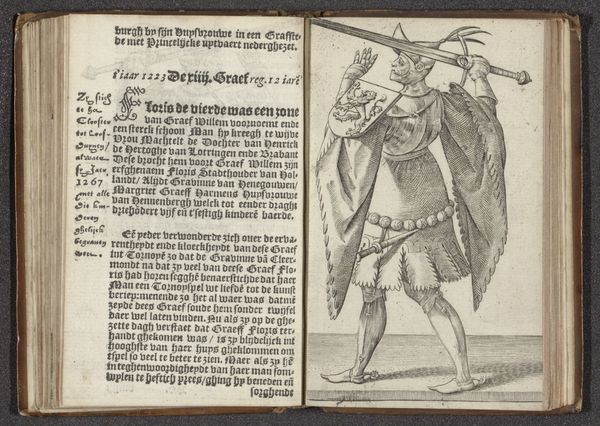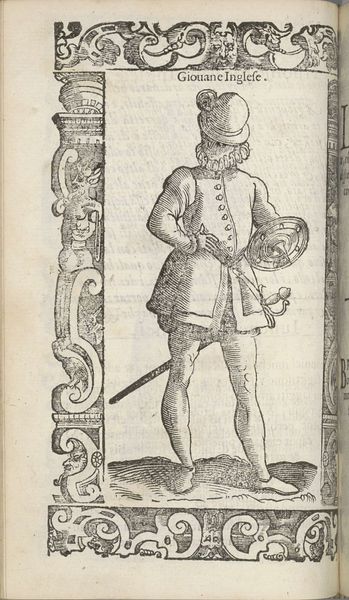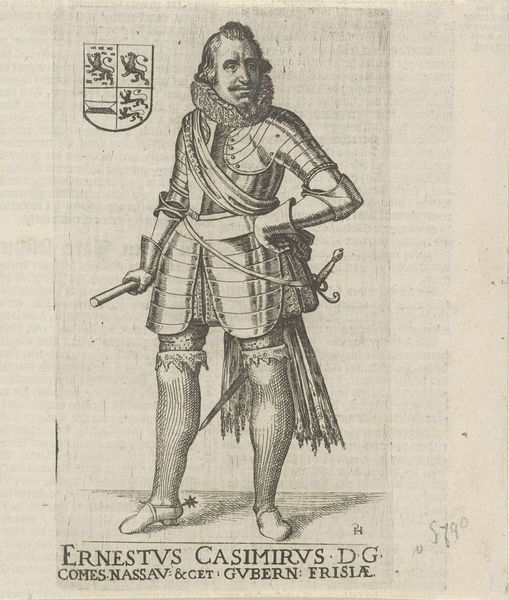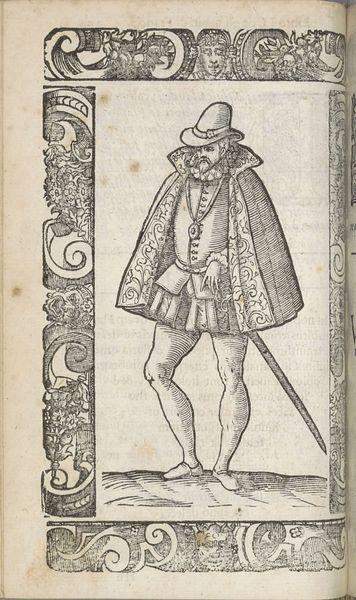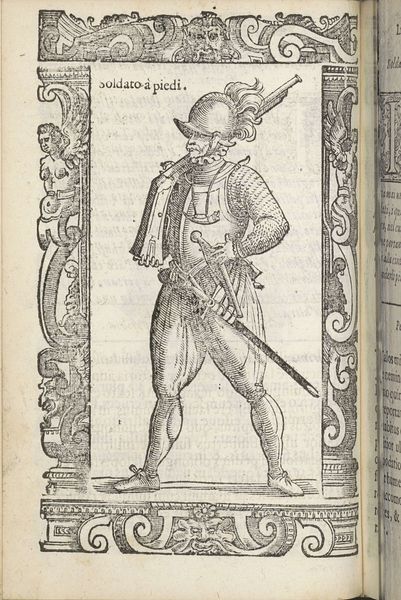
#
aged paper
#
toned paper
#
light pencil work
#
sketch book
#
personal sketchbook
#
sketchwork
#
coloured pencil
#
pen-ink sketch
#
sketchbook drawing
#
sketchbook art
Dimensions: height 315 mm, width 200 mm
Copyright: Rijks Museum: Open Domain
Editor: So, this is an anonymous print from 1706, titled "Spotprent op de keurvorst van Beieren, 1705." It looks like an etching or engraving, and it’s pretty satirical. What’s your take on the visual symbolism here? Curator: The most immediate symbolic element for me is the figure itself, Charles Albert, the Elector of Bavaria. He is visually configured *as* the contested territory. Consider how the maps of Brabant and the river lines form his legs and lower body. Editor: That's... wow, I didn't see that at first. So his body *is* the land. Is there more symbolism in his dress? Curator: Certainly. Note the fleur-de-lis pattern on his coat. In this context, what do you think that might represent, knowing this is a Dutch artwork? Editor: Hmm, the fleur-de-lis is French, right? So maybe it symbolizes French influence or aspirations, and possibly anxieties related to those things in the region. Curator: Precisely. The anonymous artist uses the fleur-de-lis to associate the Elector with French ambition. The lines of text further compound the idea, adding another layer of sociopolitical commentary to what is a rather loaded and detailed symbolic representation. Editor: It’s amazing how much information is packed into a single image. The artist clearly used recognizable visual shorthand to convey a powerful political message. I’ll never look at political cartoons the same way! Curator: Indeed. Visual symbols can hold vast amounts of culturally specific meaning. Being able to ‘decode’ them, so to speak, grants one access to a deeper understanding of cultural anxieties of the era.
Comments
No comments
Be the first to comment and join the conversation on the ultimate creative platform.
